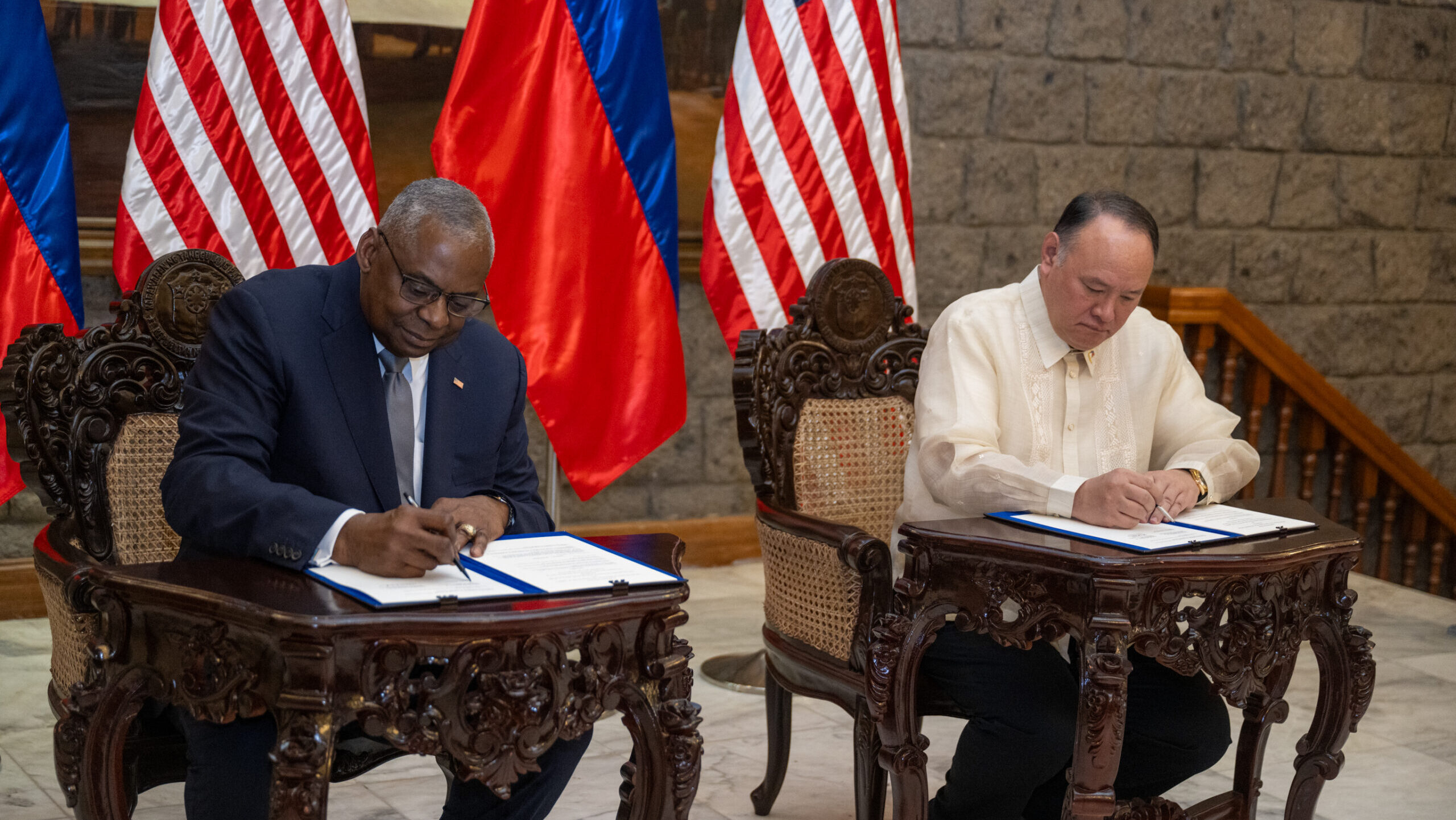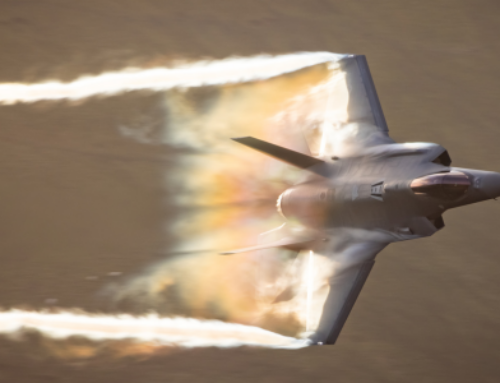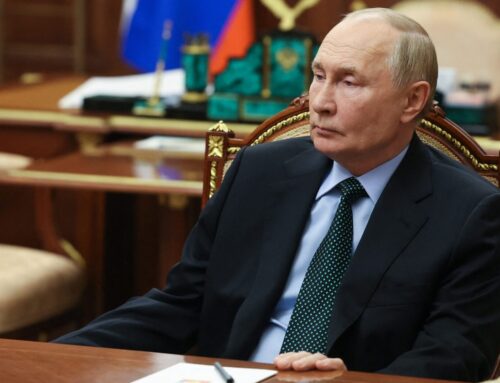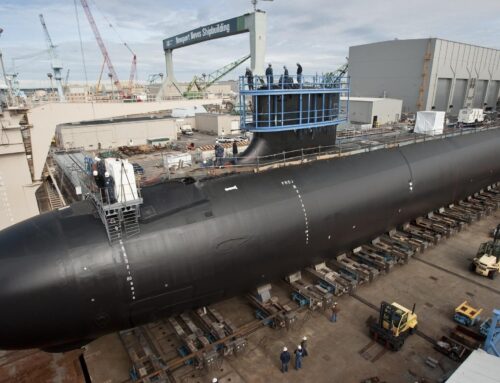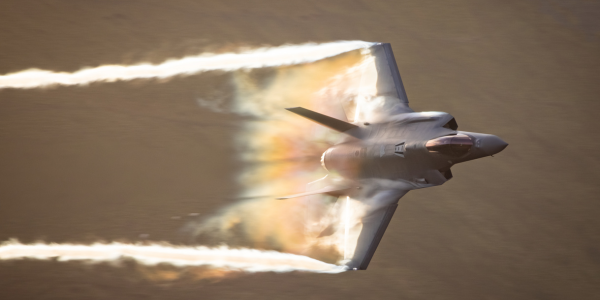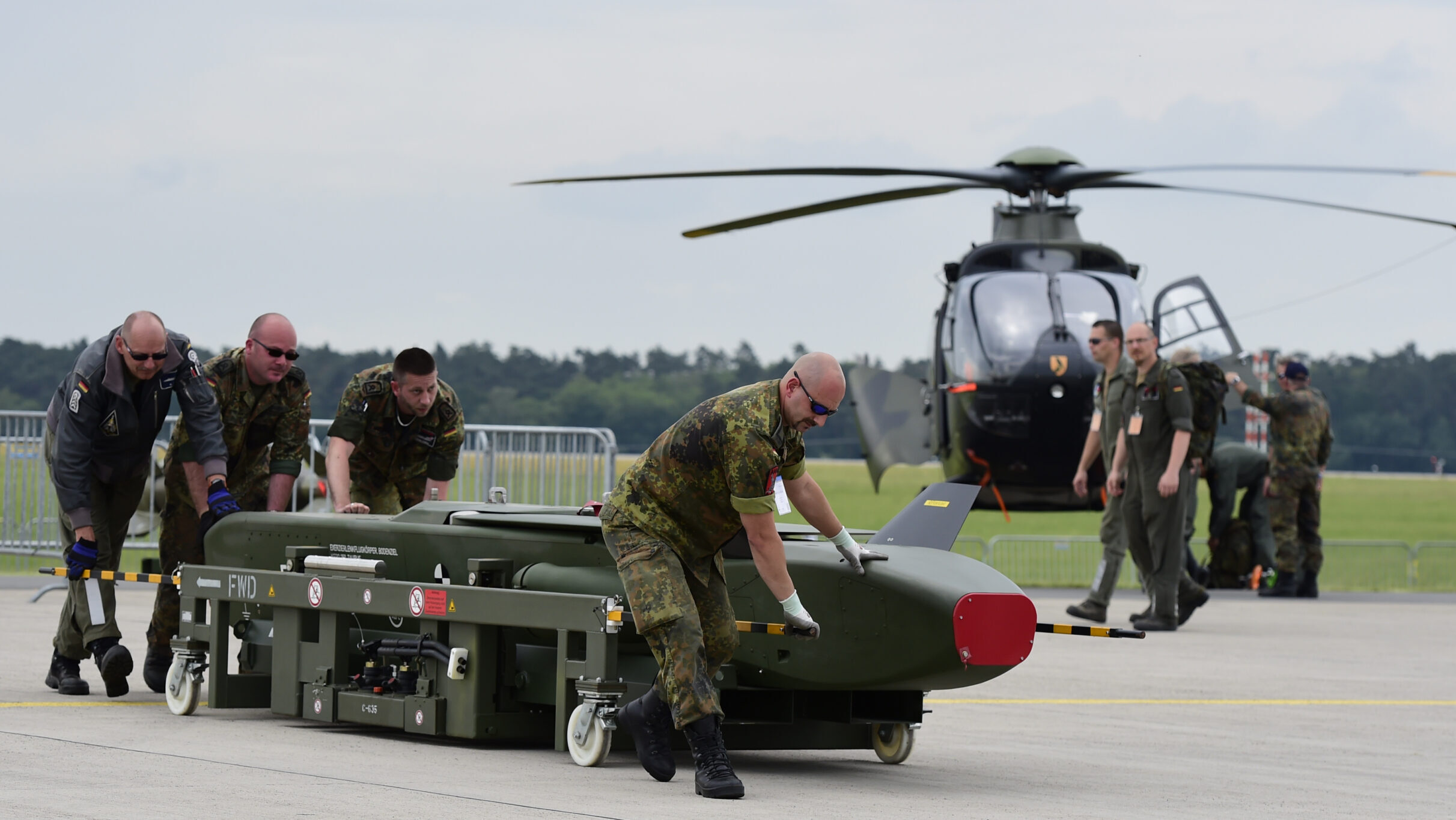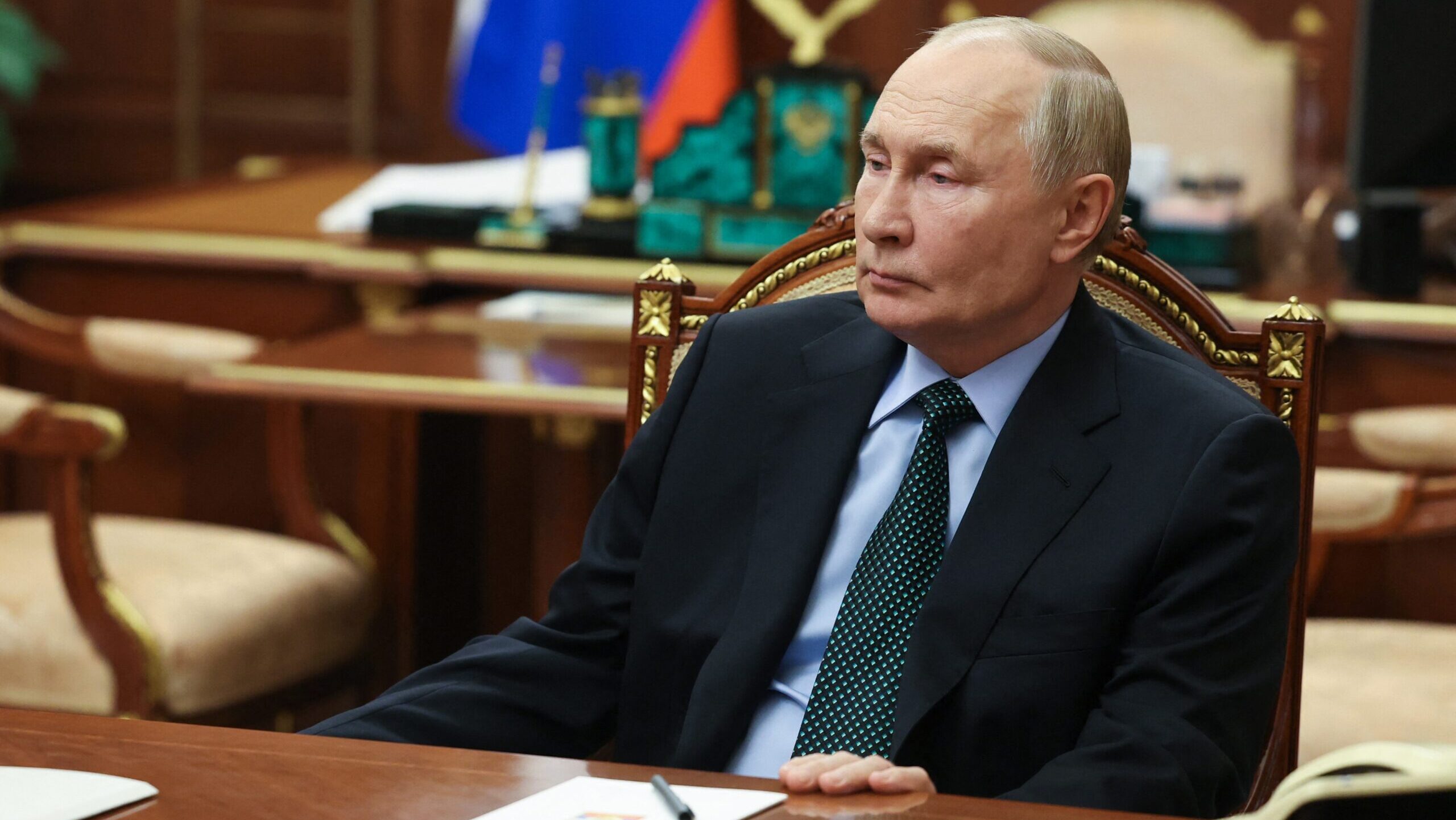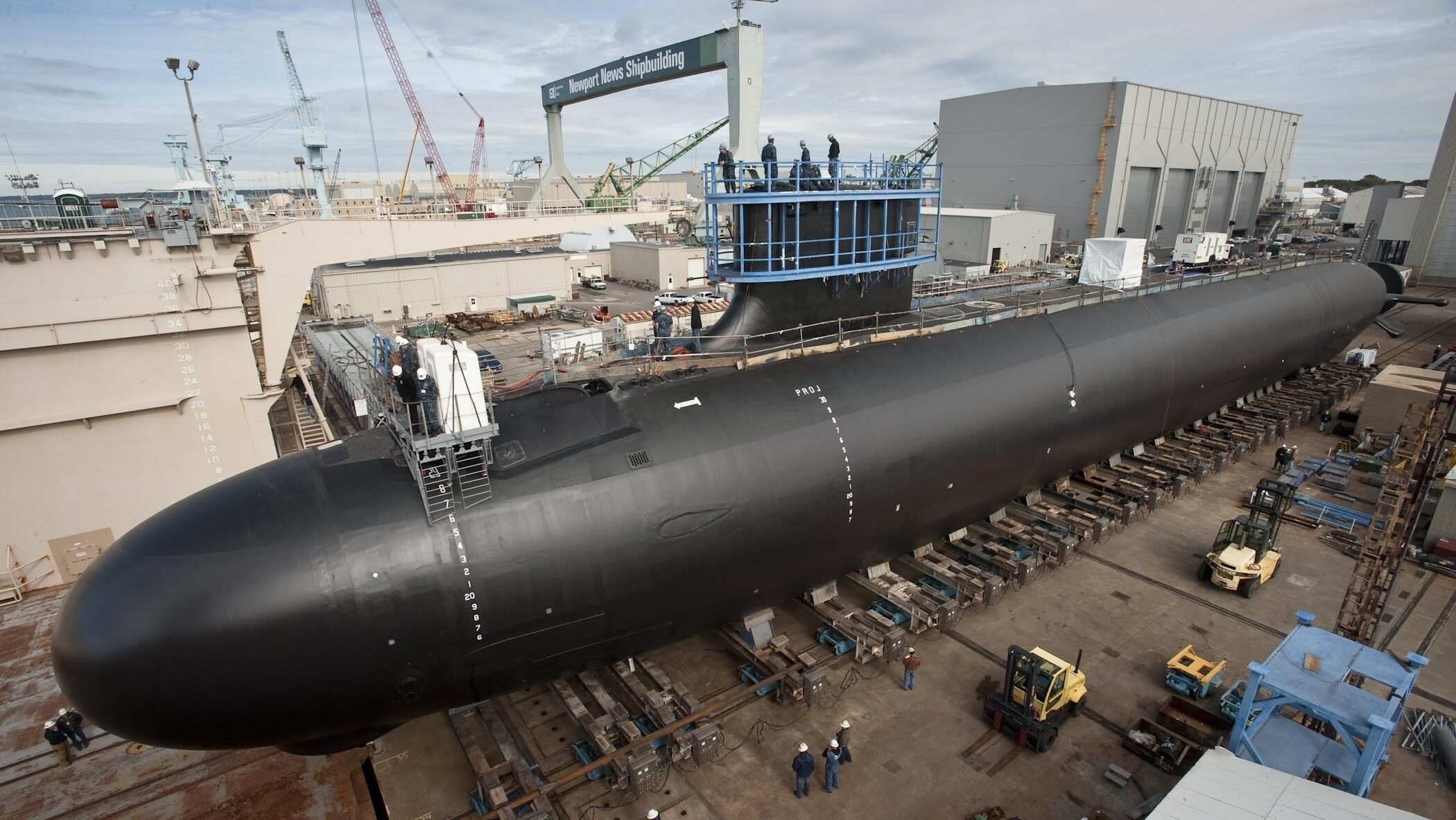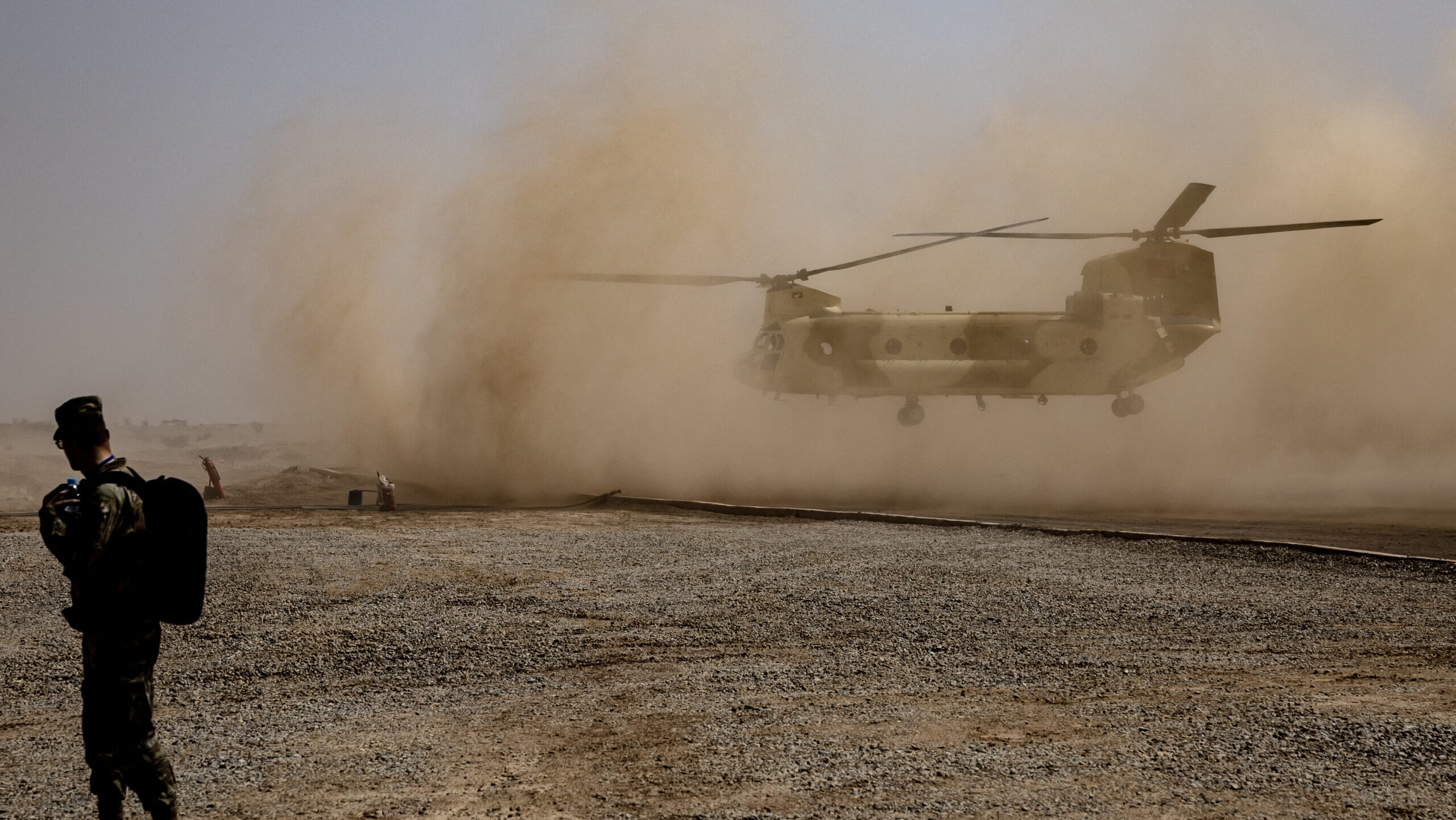Philippine’s Secretary of National Defense Gilbert Teodoro and Secretary of Defense Lloyd J. Austin III exchange documents while signing the General Security of Military Information Agreement (GSOMIA) at Camp Aguinaldo in Quezon City, Metro Manila, Nov. 18, 2024. (DoD photo by U.S. Air Force Tech. Sgt. Jack Sanders)
SYDNEY — In his last major trip to the Indo-Pacific region, US Defense Secretary Lloyd Austin embraced the Philippines, signing an intel-sharing agreement and avowing that the two countries are “more than allies. We are family.”
Austin’s two-day stop saw him meeting with Philippine Defense Secretary Gilbert Teodoro, breaking ground for a new joint intelligence center at Manila’s Camp Aguinaldo, and talking with Philippine President Ferdinand Marcos Jr. at Malacanang Palace.
During the visit with Teodoro, the two signed a General Security of Military Information Agreement, an important change in security posture that permits the two allies to share classified information and ease the sale of sensitive technologies.
The US has signed similar agreements with Indonesia in 2021, Japan in 2007, the United Arab Emirates in 1987, Ecuador in 1985. Egypt in 1982, Denmark in 1981 and with a host of other NATO and non-NATO allies and partners.
“Not only will this allow the Philippines access to higher capabilities and big-ticket items from the United States, it will also open opportunities to pursue similar agreements with like-minded nations,” Philippine Department of National Defense spokesman Arsenio Andolong said, according to local media reports.
Neither country provided details or released a copy of the agreement.
Austin traveled to Palawan, an island on the edge of the South China Sea, with Teodoro today. They visited Antonio Bautista Airbase, one of nine Enhanced Defense Cooperation Agreement sites, as well as the command center for the Philippines Western Command. The latter is the command in charge of waters that, while legally Philippine according to a UN tribunal, have seen multiple skirmishes with Chinese ships over the last several years.
“The leaders discussed efforts to advance operational planning and deepen bilateral and multilateral cooperation with like-minded partners in the South China Sea,” an official joint statement said.
Austin also observed a Philippine Navy demonstration of American-supplied Mantas T-12 surface drones, built by Maritime Tactical Systems (MARTAC), on Palawan.
Two MANTAS T-12 unmanned surface vessels (USV), front, operate alongside U.S. Coast Guard patrol boat USCGC Maui (WPB 1304) during exercise New Horizon in the Arabian Gulf (U.S. Navy photo by Mass Communication Specialist 2nd Class Dawson Roth)
Earlier this year, the US announced $500 million in a Foreign Military Financing (FMF) package, which gives money to other countries for use in purchasing US-made weapons. US Secretary of State Antony Blinken called it a “once in a generation” investment. The T-12s were provided as part of this financing.
The drones will be used in part to monitor China’s aggressive actions in the Philippines Extended Economic Zone, which have included ramming and using high-pressure water cannons against Philippine ships and attacking Filipinos with axes. The Mantas can carry sensors as well as electronic warfare gear.
China issued a muted response to the intelligence-sharing agreement between the two countries.
“No military agreement, or defense and security cooperation, in whatever form, should target any third party or harm the interests of any third party. Nor should it undermine regional peace or exacerbate regional tensions,” Chinese Foreign Ministry Lin Jian said at the regular press conference. “The only right choice for safeguarding national security and regional peace and stability is to uphold good-neighborliness and friendship and maintain strategic independence.”


